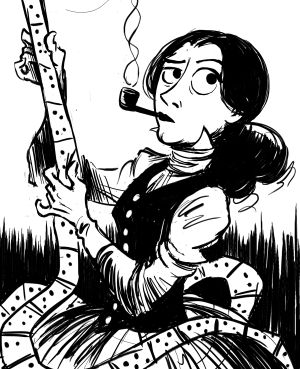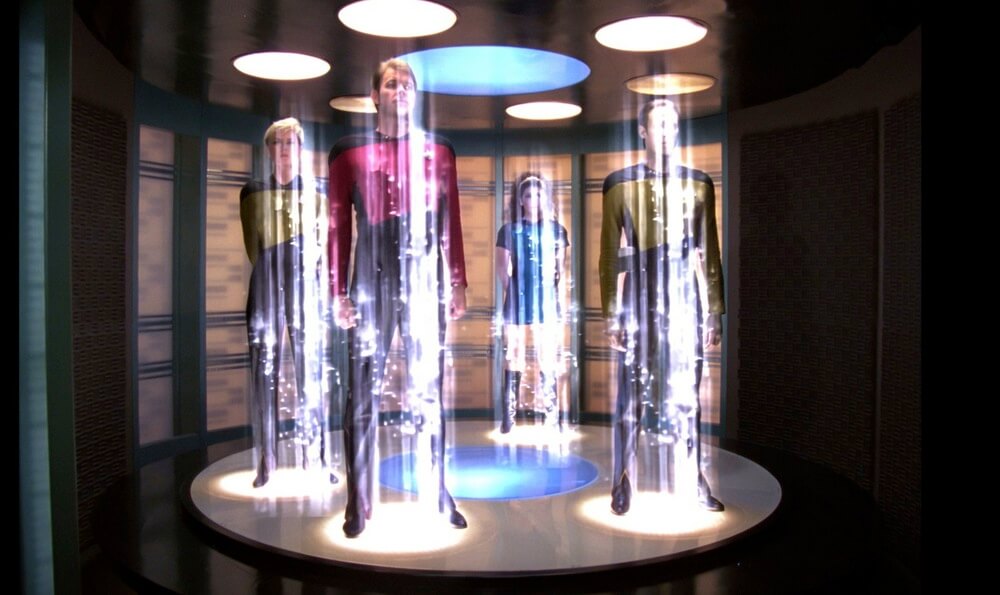Tuesday, August 25, 2015
Remembering to forget...
With the cost of data storage being so cheap the Internet has the potential to remember everything that is ever posted online, for ever! Whilst historians might relish the idea of a future where the personal details of everyone are searchable centuries back most people like the idea of being able to be forgotten. The European Union is leading the way with legislation that provides a "right to be forgotten" — strictly speaking, a right to have certain kinds of information removed from search engine results. However, in a Kafkaesque twist, my colleague Mark Wilson brought to my attention, the fact that Google in the EU has been ordered to remove links to stories about Google removing links to stories. You can read more about this in this arstechnica story.
Friday, August 21, 2015
Inside Facebook’s Quest for Software That Understands You
My colleague, Mark Wilson, brought this excellent article on Deep Learning in the MIT Technology Review to my attention recently, Titled Teaching Machines to Understand Us it gives a very good and detailed overview of the history, current developments and challenges of Deep Learning. I work in AI but I didn't know Facebook, for example, had such an interest in this. Recommended.
Thursday, August 20, 2015
Robotic musicians in New Zealand
Radio New Zealand National recently broadcast an interview with Prof. Dale Carnegie the head of Victoria University's School of Engineering and Computer Science. Amongst other research his group have been collaborating with the School of Music to design and build robotic musicians that play specially designed instruments. The really interesting thing is that these "musicians" are not limited by human physiology; they can play faster than a person, they can play chords a human hand couldn't physically span and of course they can play longer. You can see a video of a robotic bass performing a cover of Hysteria by Muse. I have some friends who are bass players who will love/hate this!
Monday, August 17, 2015
Apple is building a car
The Guardian revealed last week that Apple is looking for a secure vehicle test track facility near SiliconValley. Therefore confirming the rumours that Apple is working on building a self-driving car. However, an article in The Verge warns Apple fans not to hold their breath. The development cycle time from concept to production, for established car manufacturers, is in excess of 5 years. Apple has no experience in this market and consequently may be expected to take longer. Of course this may be like Apple Maps where Apple belatedly realised they strategically couldn't gift location support to Google and their established mapping product. Google, of course, has been developing driverless cars for ages. Apple has perhaps realised it can't leave this market segment to Google or risk just partnering with one car manufacturer.
Thursday, August 13, 2015
The Thrilling Adventures of Lovelace and Babbage
The Thrilling Adventures of Lovelace and Babbage is a steam punk webcomic, and now a book, by Sydney Padua. It tells the story of our heroes Ada Lovelace and Charles Babbage who actually do "build the Difference Engine and use it to create runaway economic models, battle the scourge of spelling errors, explore the wider realms of mathematics and, of course, fight crime." Ok it's clearly taking liberties with the historical facts (if you want that story read chapter 2 of my book The Universal Machine), but it's great to see such interesting characters in the early history of computing entering the realm of popular culture - perhaps Alan Turing next codebreaker and crime fighter!
[Forgot to mention there's also a free iPad app]
[Forgot to mention there's also a free iPad app]
Friday, August 7, 2015
Microscopic art
The Diatomist from Matthew Killip on Vimeo.
Monday, August 3, 2015
Beam me up
We all are familiar with the teleportation transporters used in Sci-Fi shows like Star Trek. In fact we're so familiar with the technology that we can almost be forgiven for believing that one day this will exist. Researchers at the University of Maryland are working on teleportation, but there's a twist; they don't beam atoms across space, but the information held by atoms. Read or listen to: "Beam Me Up? Teleporting Is Real, Even If Trekkie Transport Isn't" to find out more.
Subscribe to:
Posts (Atom)






